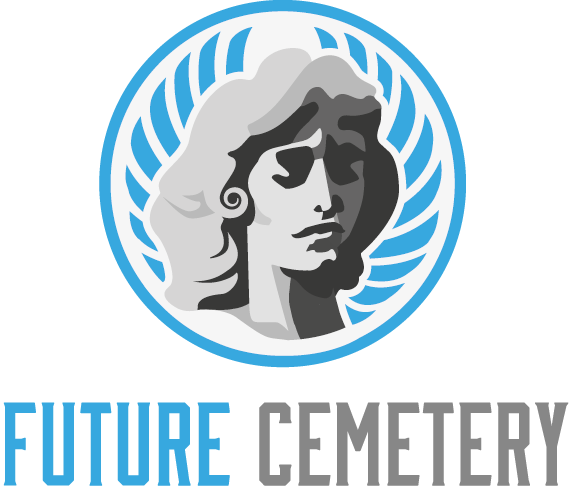
Cemetery design is unique and challenging. A well-thought-out master plan is essential for a cemetery to survive in the marketplace and be competitive.
Cemetery design has evolved in response to changing societal attitudes toward death and memory. A few trends that are influencing future development include:..
Cultural Shifts
A cemetery reflects the values and beliefs of its community. Its landscapes, monuments, and burial practices change over time to reflect changing attitudes about death.
Today, there is a shift towards simplicity and eco-consciousness in memorial design. From green burials that avoid embalming chemicals to urn-based memorials, cemetery architecture is evolving to better fit our modern lifestyles.
Often, cemetery spaces are designed to evoke a sense of peace and tranquility. The use of natural and artificial light helps to create this feeling and can enhance the overall experience. This is especially important in unique areas that may have challenging terrain or environmental conditions. This requires thoughtfulness and careful planning to ensure the best result. Space planning is another element that influences functionality and ambiance. It involves mapping out spaces based on their intended use and movement patterns to create an ideal layout for the cemetery. This includes incorporating walking paths, meditation gardens, and event spaces.
Biomimicry
The concept of biomimicry is one that is gaining popularity in the design community. It involves taking inspiration from nature in order to create more sustainable and efficient buildings. Examples of biomimicry include ultrastrong synthetic spider silk, adhesives modeled on gecko feet, and wind-turbine blades that mimic whale fins.
Biology offers lessons in hyperefficient resource stewardship and circular economies, which can help designers reduce their carbon footprints. It also teaches us how to work with natural systems, such as ecosystems and waterways.
A recent study looked at how various design projects classified as “biomimicry for innovation” and “biomimicry for sustainability” (BIA) differ. The study found that while BIA tends to focus on innovation and economic objectives, it also tends to ignore other important factors like environmental impact. This suggests that more research is needed to define the boundaries of BIA.
Inclusivity
One of the most important aspects of Cemetery Design is making sure that everyone can enjoy the space. To do this, cemetery planners have shifted toward creating more accessible spaces, with wider pathways and seating areas. In addition, many cemeteries now offer designated areas for diverse cultural or religious practices. This is another way that the industry is adapting to modern societal trends.
Architectural design is a process of translating abstract ideas into physical forms. It allows designers to create buildings that are not only functional but also emotionally meaningful. In the case of Cemetery Design, this means incorporating cultural elements into the landscape and architecture.
Hard-to-develop areas may require a little more work and thinking time to develop, but the outcome should be worth it. Taking advantage of natural features—like a water feature, wooded hillside, or a high point—can add character to a new cemetery master plan. These types of designs are often able to attract more visitors, while providing peace and privacy for grieving families.
Sustainability
In addition to preserving cultural heritage, good cemetery design preserves natural landscape. The use of native plants and water conservation practices protects the environment while reducing maintenance costs over time.
Inclusivity is also a key factor in cemetery design. Creating accessible features such as wide pathways, seating areas and navigable terrain ensures that everyone can visit and remember their loved ones.
Cemetery architecture is increasingly reflecting changing cultural attitudes toward remembrance and legacy. Many modern mausoleums and columbariums use clean lines and natural materials to create uplifting spaces that offer tranquility and peace. Similarly, biodegradable caskets and shrouds replace metal caskets to reduce carbon emissions and encourage environmental healing. These sustainable options also help to reduce energy and resource consumption while providing a rich source of nutrients for the soil. The result is a healthy environment that is both socially and environmentally beneficial.
